Google has quietly implemented substantial restrictions to its Photos Partner Sharing feature, limiting the automatic sharing capabilities that many users have relied on since 2017. This unannounced change marks a notable departure from the platform’s previously comprehensive sharing capabilities, potentially impacting how families and partners collaborate through the popular photo storage service.
The modification, which was discovered by vigilant users and confirmed through Google’s recently updated support documentation, specifically prevents the automatic sharing of photos originating from third-party Android applications through the Partner Sharing feature. This change represents a fundamental alteration to a system that has, for nearly seven years, allowed users to seamlessly share their entire photo collection with trusted partners.
Partner Sharing, introduced as a cornerstone feature of Google Photos in 2017, was designed to streamline photo sharing between close contacts, allowing users to automatically share photos based on specific criteria such as date taken or featuring particular individuals. The system’s “All Photos” option previously lived up to its name, sharing every image regardless of its source. However, the new implementation adds significant restrictions to this supposedly comprehensive sharing option.
The implications of this change extend beyond just third-party app photos. Users have reported that unedited screenshots and downloaded images are now also excluded from the automatic sharing system. Interestingly, the system exhibits some peculiar behaviors – screenshots that have been edited within Google Photos will still be shared, while removing metadata tags like “screenshot” from unedited images doesn’t restore sharing functionality.
What makes this change particularly noteworthy is Google’s approach to its implementation. Despite maintaining an “Updates” page within the Photos app specifically designed to communicate such changes, users have received no direct notification about this significant modification to the sharing system. The change was instead discovered through user observations and subsequently confirmed through changes to Google’s support documentation, which now includes a brief disclaimer: “Photos from other apps on Android aren’t shared with your partner account.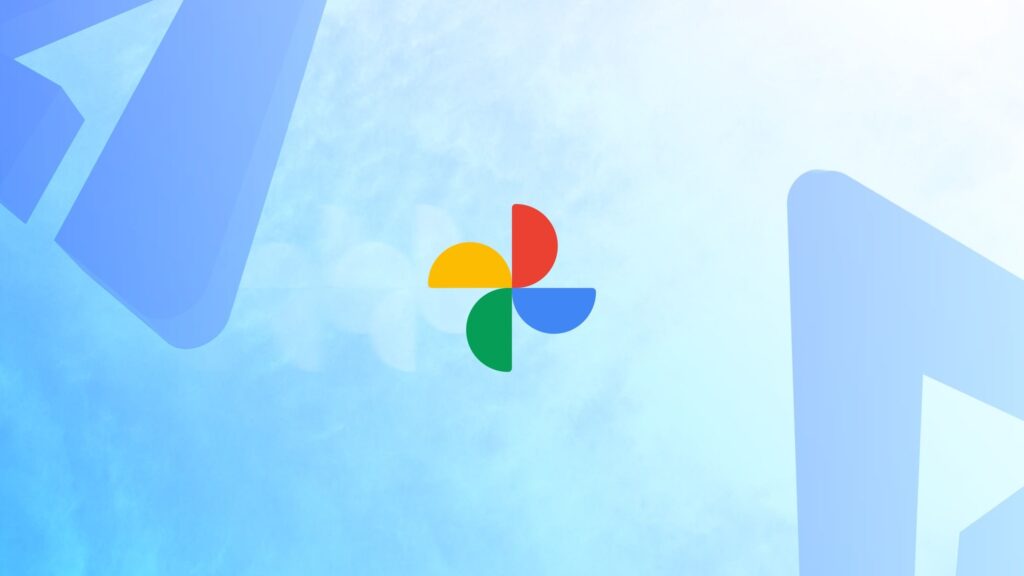
The lack of transparency surrounding this change has led to considerable discussion within the user community, particularly on platforms like Reddit where users first noticed the behavioral changes approximately two weeks ago. Through collaborative investigation, users determined that the new sharing restrictions are based on image metadata, creating a clear delineation between photos taken with the device’s camera and those originating from other sources.
Google’s silence regarding the reasoning behind these changes has left users speculating about the motivations. While some suggest it might be a privacy-focused decision, protecting users from accidentally sharing sensitive downloaded content or screenshots, others point out that the existing Partner Sharing features already offered granular control over what gets shared. The inability to opt out of these new restrictions seems to contradict Google’s usual approach to user choice and customization.
This development raises broader questions about the evolution of cloud photo services and the balance between automated convenience and user control. While automatic sharing features have become increasingly sophisticated, this change suggests a potential trend toward more restricted, predetermined sharing behaviors that might not align with all users’ preferences or needs.
The timing and implementation of this change also highlight the challenges of managing user expectations in cloud services. For long-time users who have built workflows around Partner Sharing’s previous capabilities, this unannounced modification could disrupt established sharing patterns and force changes to how they manage and share their photo collections.
As users continue to adapt to these new restrictions, the broader impact on how people use Google Photos for family and partner photo sharing remains to be seen. The change serves as a reminder of how dependent users have become on cloud services and how modifications to these services can have significant effects on daily digital routines.


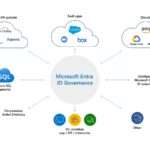




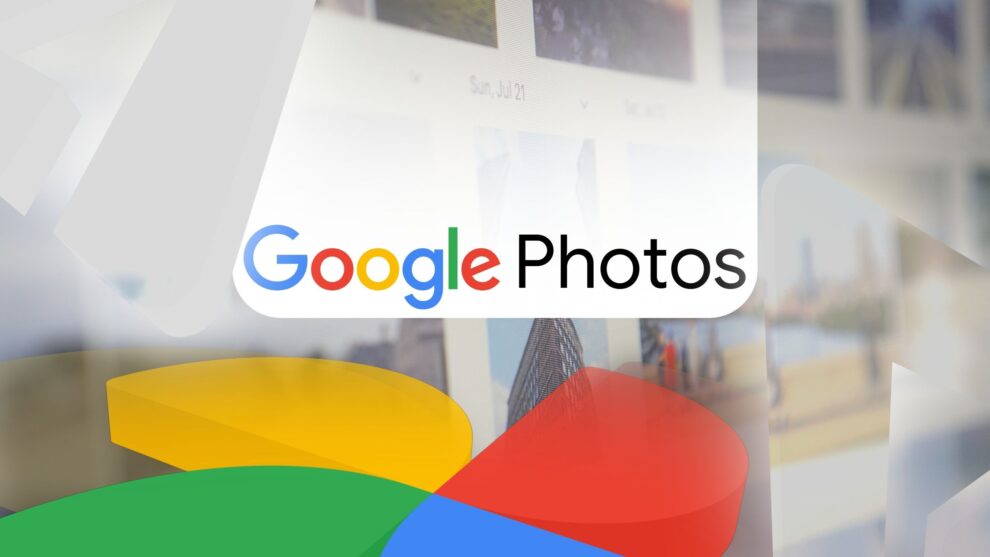
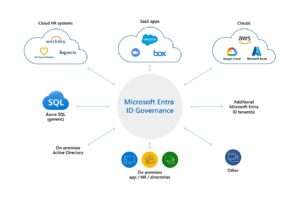

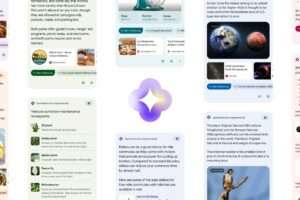





Add Comment